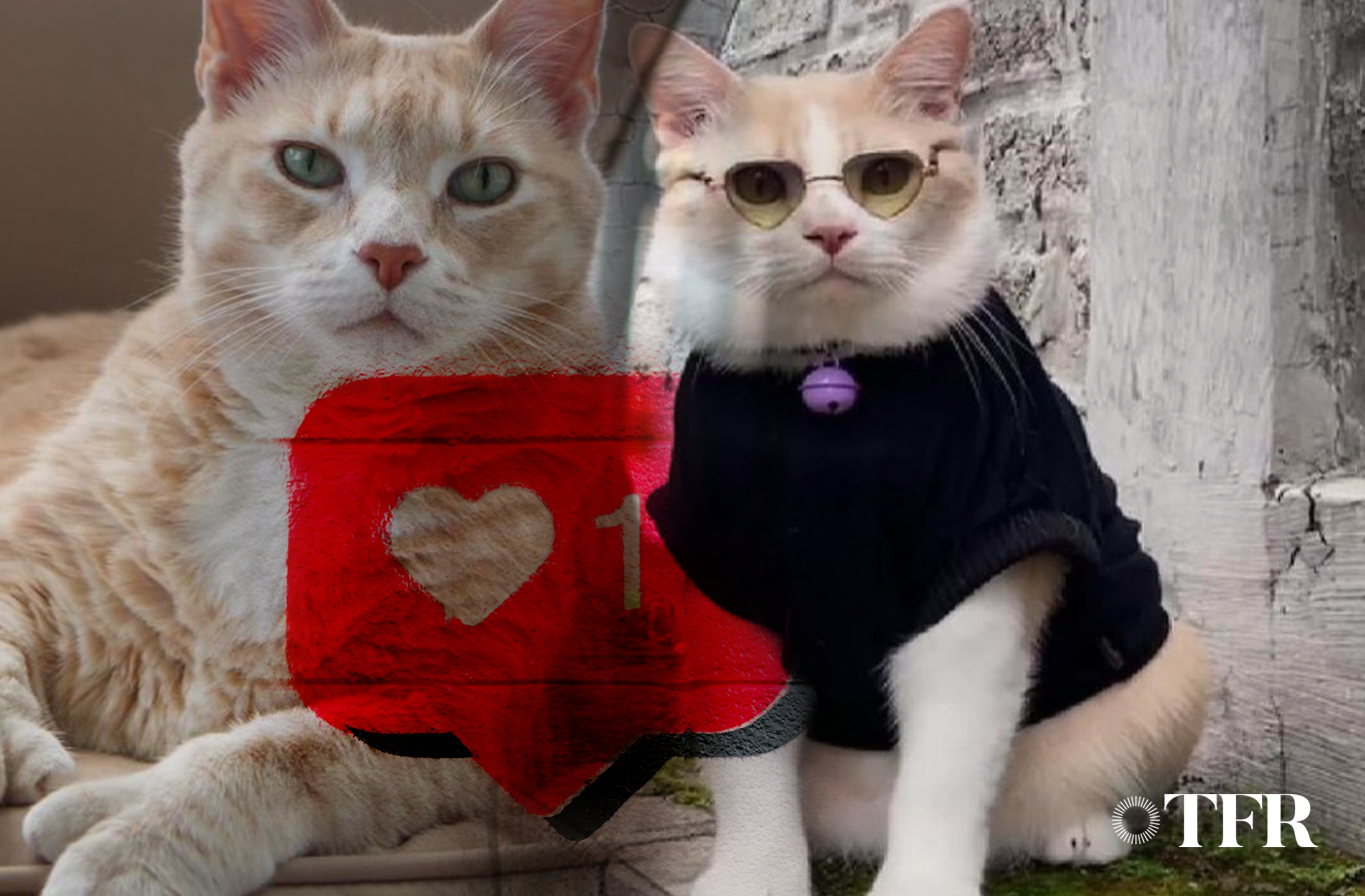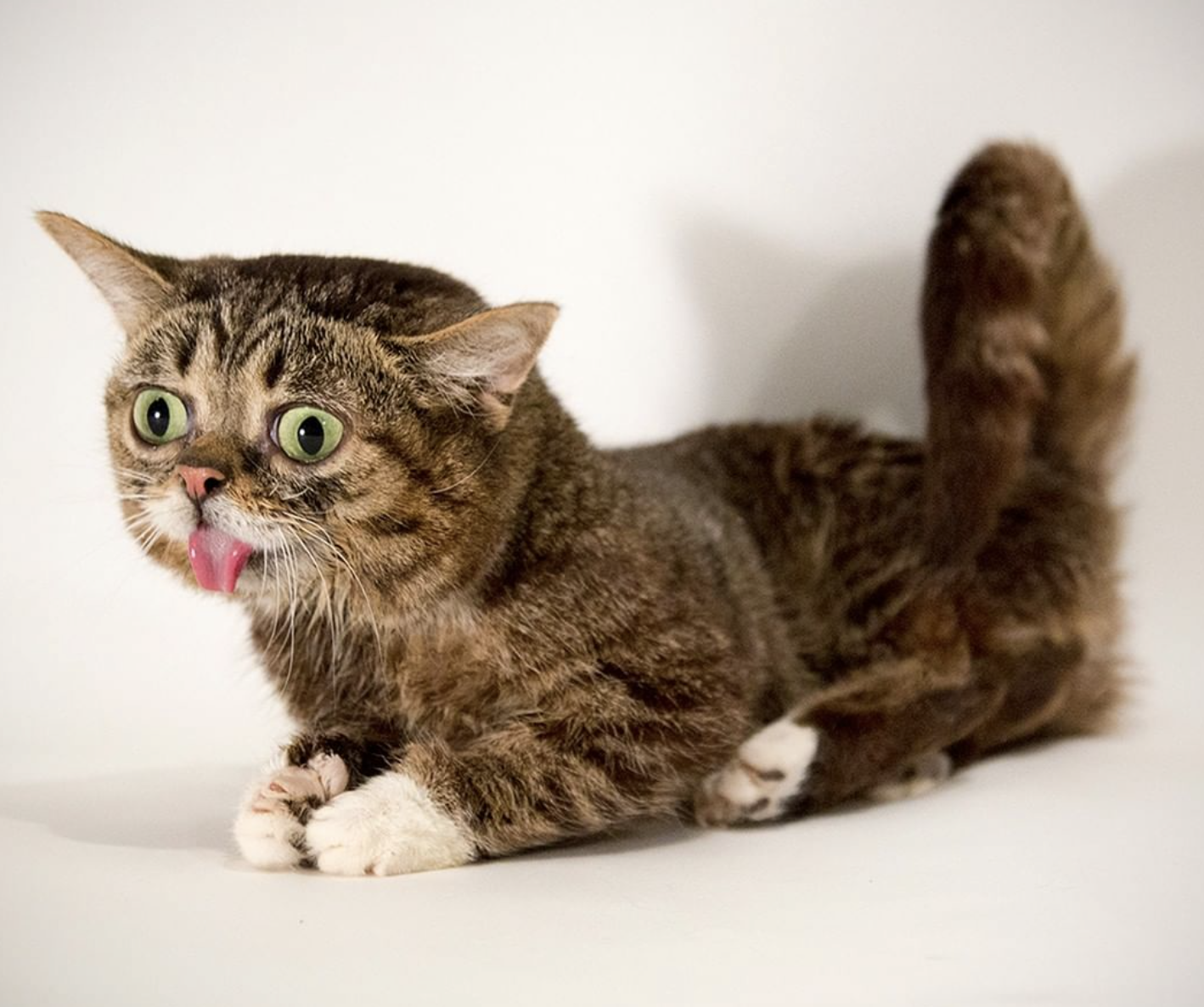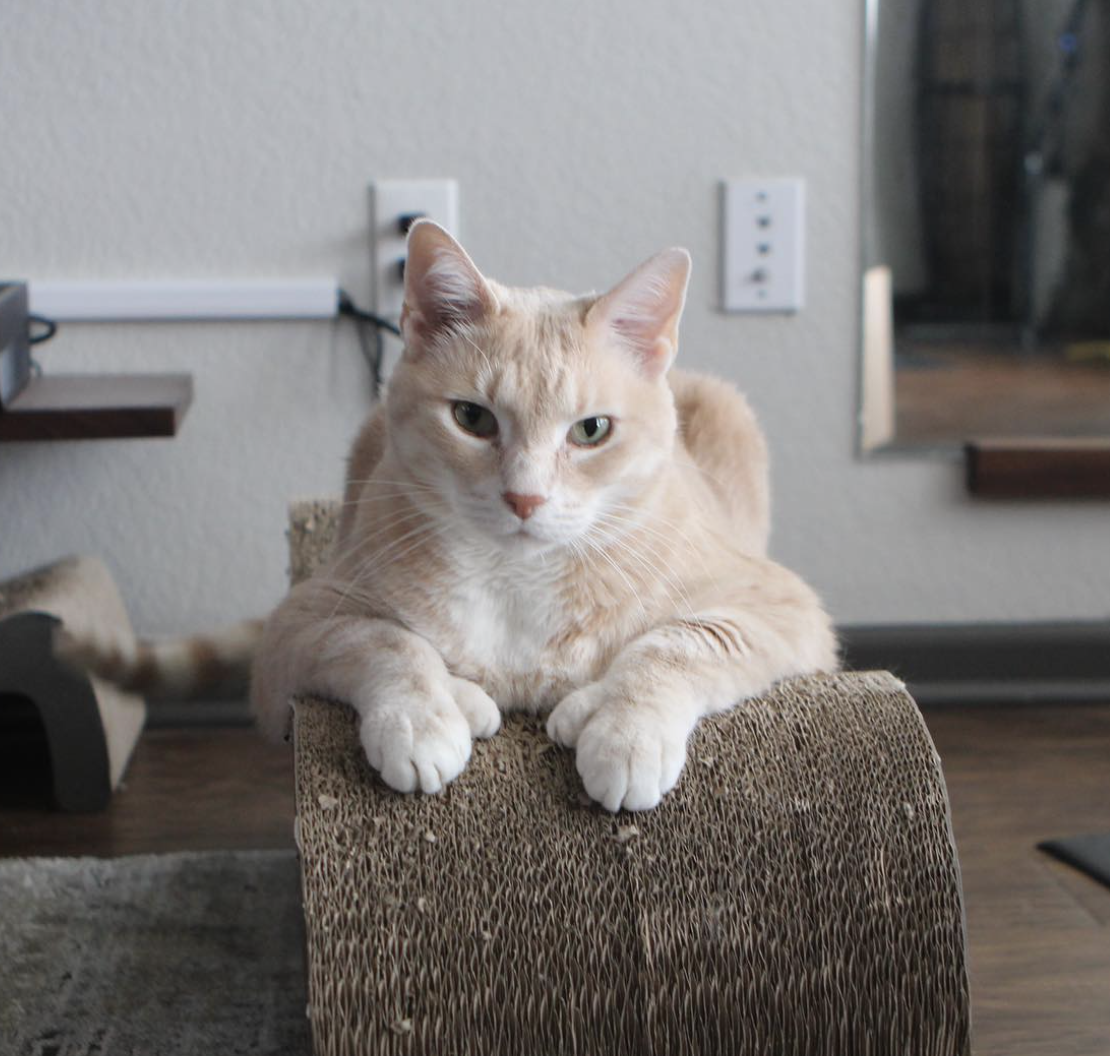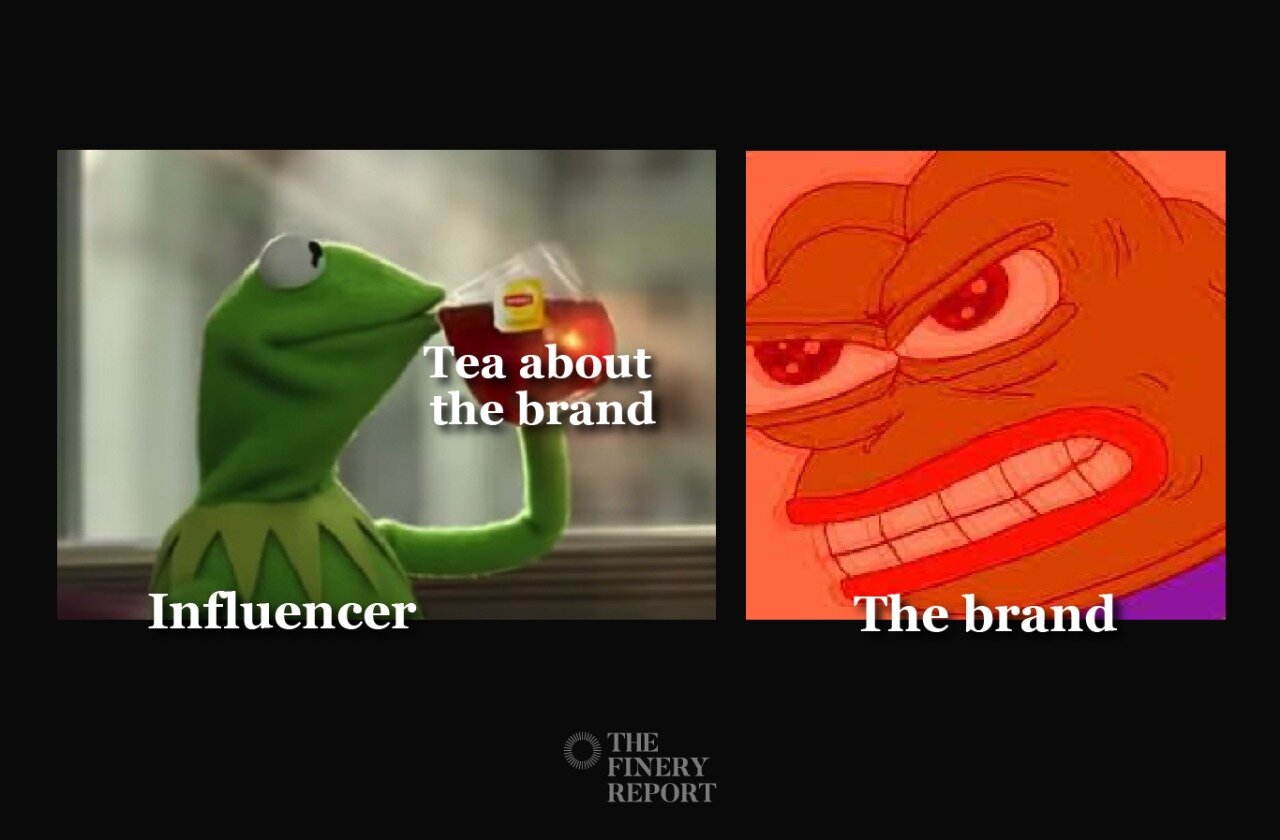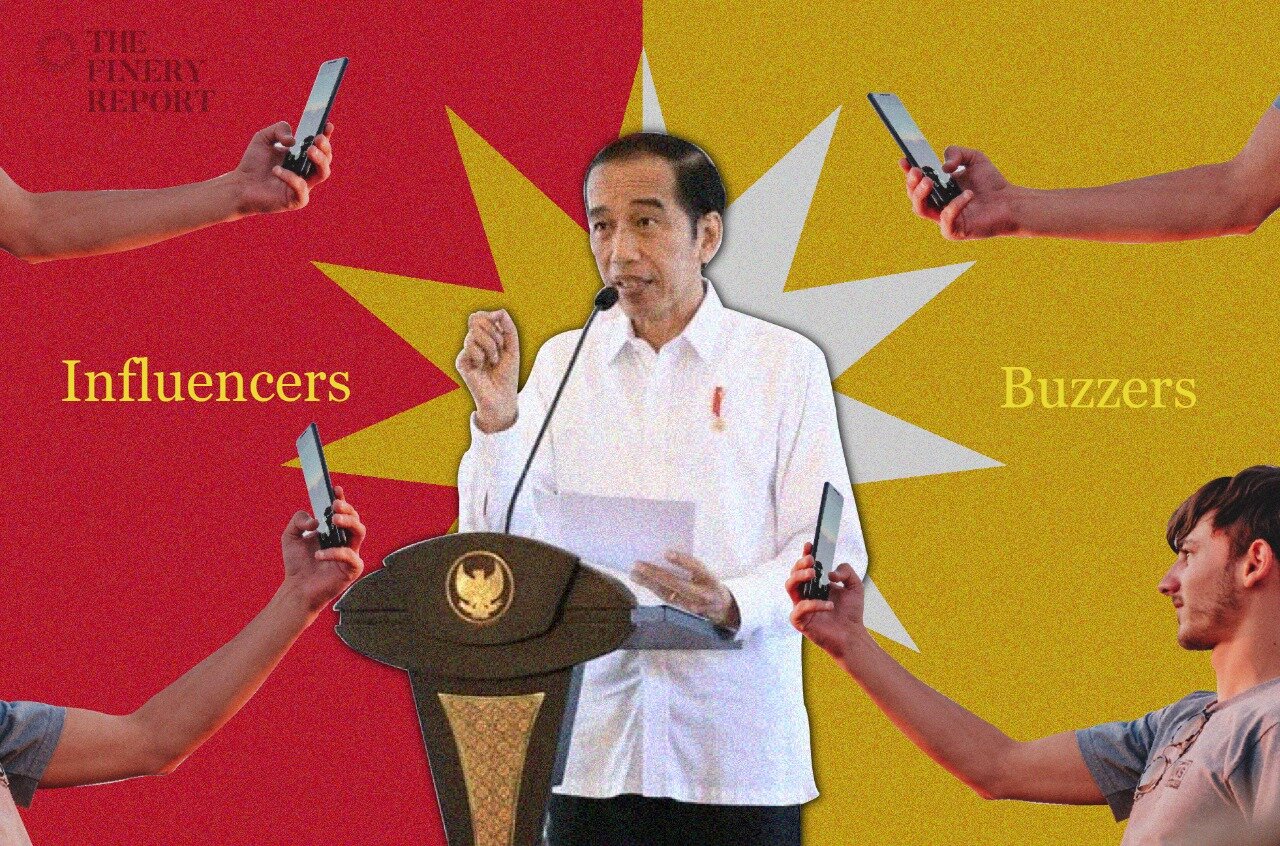Who runs the world? Pets!
Written by Siti Fatimah Ayuningdyah | Read in Indonesian
Earlier this year, a famous Indonesian cat named Pororo, who is often dressed up by his owner in various pet fashion items, went missing. Pororo’s disappearance instantly became a trending topic, and when he was finally found in a healthy condition, Indonesian netizens celebrated on social media.
How did a cat’s disappearance become a trending topic? Well, you see, Pororo – whose Instagram account @lxx_pororo boasts 190,000 followers, is part of the not-so-new group we call pet influencers. Just as it works with human influencers, these pet influencers adopt public personas, monetise their accounts through endorsements and collaborations and, of course, influence their target markets.
By definition, petfluencers or pet influencers are technically humans who post pet-related content on social media platforms, and petfluencers create engaging, educational and inspirational content that is designed to suit a specific audience. A petfluencer usually focuses on one or more of the following topics: travel, pet fashion, pet food, social campaigns.
And these petfluencers’ influence is no joke. The top petfluencer in the world in terms of followers is a Pomeranian dog named @JiffPom on Instagram. As of July 2022, he has amassed over 9.7 million followers and has his own line of merchandise at Walmart, called Jiff Pom Cute Life. His most high profile collaboration? Appearing on Katy Perry’s “Dark Horse” MV and winning the Kids’ Choice Awards as the “Favourite Instagram Pet”. It is established that petfluencers are serious business, and the world has taken notice.
In fact, there are talent management agencies focusing only on petfluencers, The Dog Agency by Loni Edwards, for example. Edwards is a lawyer who initially entered the petfluencers world through her own dog’s account @chloetheminifrenchie that often shows Chloe all dressed up sitting next to Edwards in business meetings. It took her by surprise when she realised how quickly Chloe racked up followers, especially when endorsement opportunities started coming.
“Pretty soon, pet brands like PetSmart and Purina were reaching out to send us stuff and invite us to parties. I started meeting other pet owners, and realised there’s this new and growing pet influencer world. Every time I meet someone behind a celebrity pet and they’d hear I was a lawyer, they’d ask me for help on the contracts, to read over the terms and agreements they had to sign from brands,” she shared.
Organic growth and popularity seem like a running theme with these petfluencer accounts. TFR had the chance to interview Mike Wilson, the man behind the account @iambronsoncat, which currently has over 259,000 followers on Instagram.
Wilson and his cat Bronson, too, did not expect to grow so exponentially on Instagram, or even become a petfluencer in the first place. In fact, when Bronson was first adopted from a shelter, he was obese, and Wilson, who founded a business called Catastrophic Creations focusing on feline enrichment, wanted to provide him a better life and started Bronson on a healthy diet. His social media was initially developed to track his weight loss progress over time.
“We had no idea his account would grow at the rate it did. I'm not a very public person and don't go on social media, other than for work and posting for Bronson. So it definitely wasn't a planned thing. It was a bit overwhelming but also incredibly helpful,” Wilson told TFR.
As popular as they are, petfluencers are not a concept that is universally welcomed in the animal lovers communities. Mainly, some would question the ethics of it, as animals cannot give consent nor speak for themselves; they may not be able to communicate when they are tired or in need of rest. Not to mention, some pet owners may put their pets in unnatural situations or in clothes that are not comfortable.
Loni Edwards has met people who only want to use their pets for fame and money, “It’s definitely become a thing. Since pet influencers have become more common, people are actively trying to make it happen for them, and all they care about is capitalising on their pet. We do not work with those people.” According to Edwards, petfluencers with roughly 100,000 followers can earn hundreds of dollars per post, whereas one with a few million followers may be getting around $15,000 per post.
In the end, it comes down to whether the owner is doing it for the right reason, “It’s not wrong if you want to make money; it’s wrong to be in it if your pet doesn’t want to do it and you’re forcing them. Some dogs just want to be dogs. And at the end of the day, it has to be a good experience for the pet too,” Edwards continued.
Mike Wilson also shared how careful he is with endorsement opportunities for Bronson, “I don't promote a lot of products on his account. I've mostly only promoted products that have made an impact in his life and also some small shops that have reached out.” He then added, “I think it’s important to do research on what you’re promoting. If you're sharing anything on social media with a large following, it’s best to know you’re not sharing inaccurate information, or even worse information that would hurt somebody’s cat.”
The wave of petfluencers may partly be due to the changing nature of pet ownership, in which pet owners grow increasingly dependent on online information for tips and insight into pet parenting. In response to that, petfluencers utilise their audience’s need for advice and demonstrate innovation through promoting pet products on their platform.
Petfluencers have also been found to use their platform for good, especially for causes close to their hearts, such as adoption, anti animal testing, and other causes. Lil Bub or @iamlilbub on Instagram for example, a cat whose tongue was always hanging out due to genetic anomalies, rose to fame after her adoption in 2011. Her owner started a national fund for special needs pets, the first of its kind, with Bub serving as its face and since 2013 Lil Bub has been the face of campaigns with People for the Ethical Treatment of Animals (PETA) promoting sterilisation and pet adoption.
Now, petfluencers are one thing, but some pets rise above the rest and become a meme. Enter Grumpy Cat a.k.a. Tardar Sauce.
Grumpy Cat unfortunately passed in 2019, but she has left an undeniable mark in the world and more specifically pop culture. Grumpy Cat was born with birth deformities including an underbite – that became her trademark perma-scowl – and mobility issues. She first went viral when a scowling photograph of her was posted on Reddit by the brother of her owner.
Since then, Grumpy Cat has had her own movie, merchandise line, Madam Tussaud figure and even an intellectual property lawsuit. Indeed, in 2018 Grumpy Cat won $710,000 in a copyright case in California against Grumpy Beverages.
Grumpy Cat and the owners of Grumpy Beverages initially launched an iced coffee product called “Grumpy Cat Grumppuccino”, but the relationship soured as Grumpy Beverages allegedly breached the contract and started selling ground coffee using the cat's likeness without permission. In the end, the jury sided with Grumpy Cat.
Grumpy Cat was able to do all that because her intellectual properties are registered and managed properly, as she has her own meme manager. Ben Lashes, Grumpy Cat’s meme manager who also manages other memes including “the keyboard cat”, is lauded as the world’s first meme manager. Unlike traditional licensing agreements, Lashes does not make clients sign over their rights to them, so they retain more control over their affairs than many managed talents.
In terms of regulations, at least in Indonesia, Article 66 paragraph 2 point (c) in Law No.18/2009 regulates the responsibility to protect pets from abuse and exploitation. Abuse in this case refers to actions to obtain satisfaction or profit from pets beyond their biological and physiological capabilities. Whereas exploitation refers to actions to obtain satisfaction or profit from pets through unnatural and/or improper treatments.
Specific laws regulating petfluencers are not in place just yet, but it is undeniable that petfluencers’ popularity are steadily increasing that eventually the industry and governments will have to start taking these pets as a force to be reckoned with.

